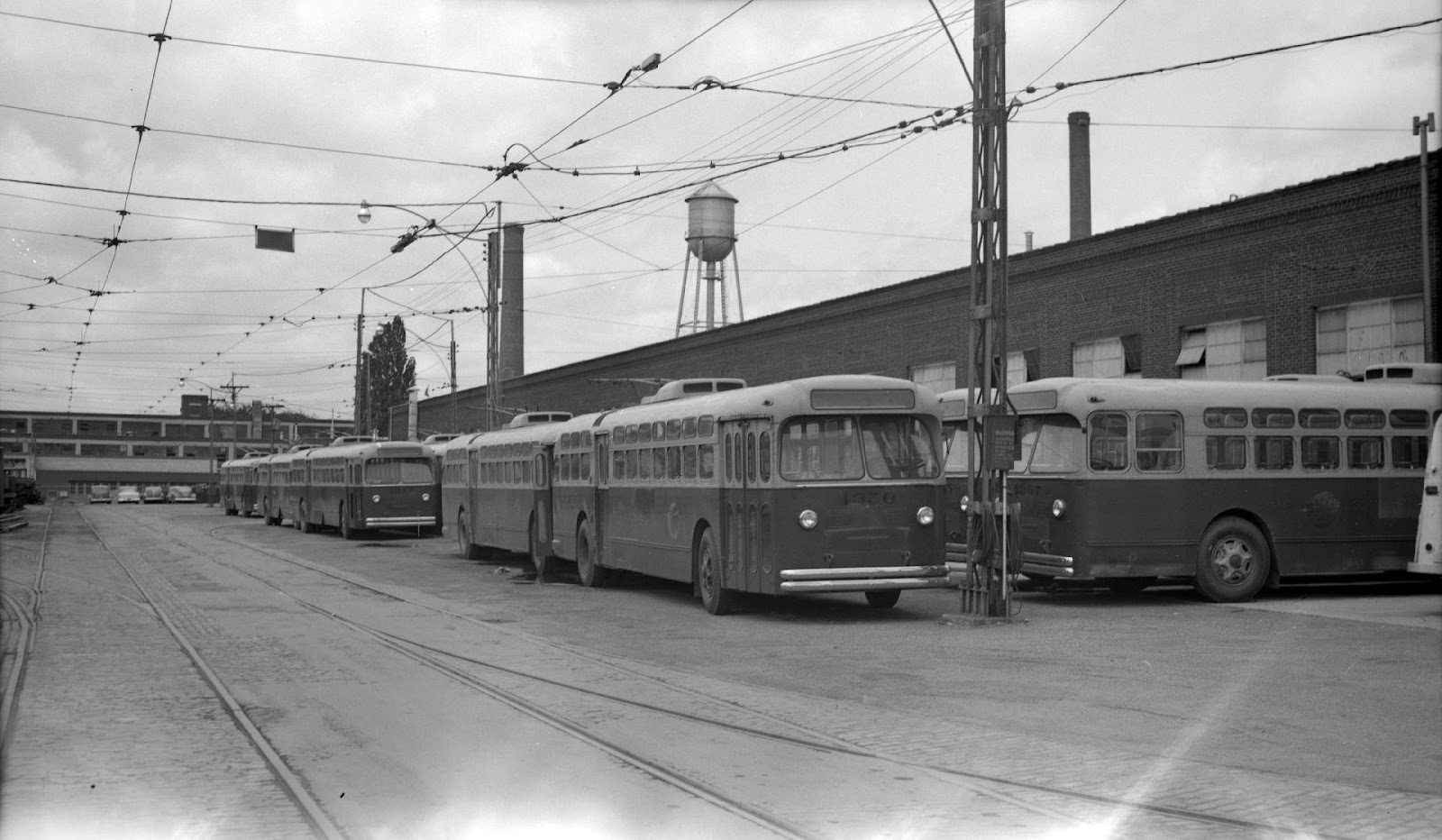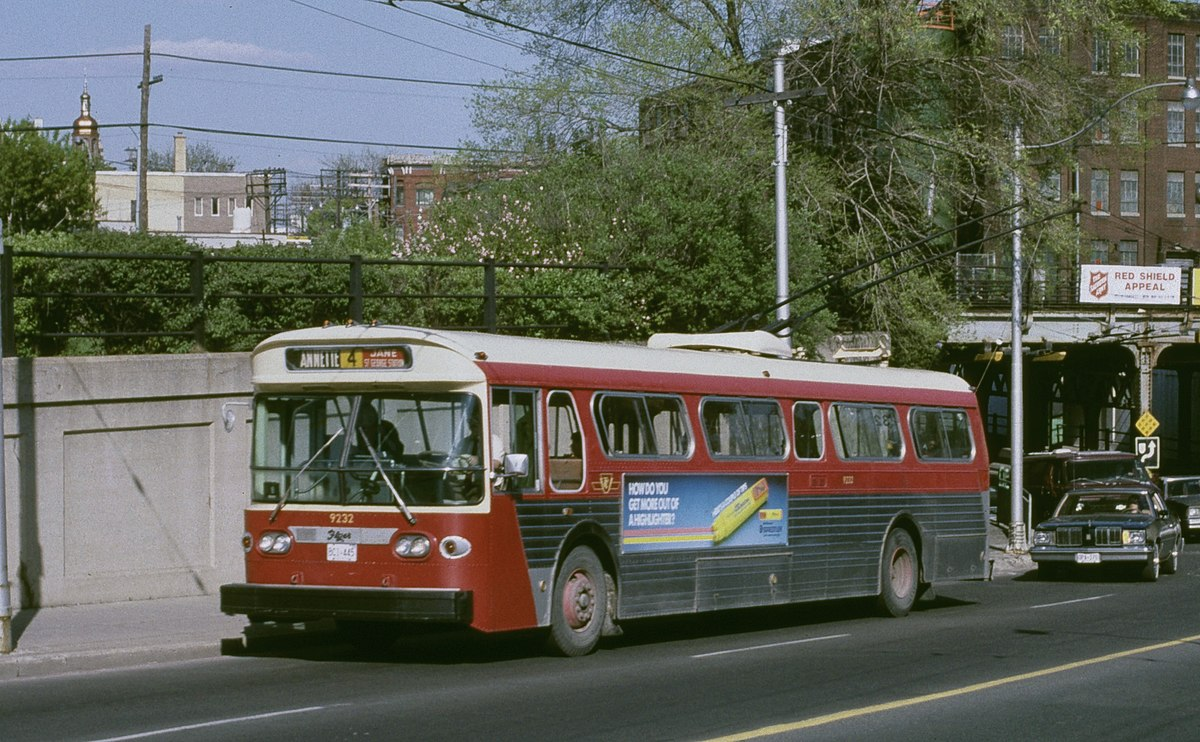The idea of powering buses with electricity from wires originated in Great Britain and the United States in the early 1910s. Trolleybuses didn’t need steel tracks, only wires. Therefore, they were simpler and cheaper to operate than streetcars. At the same time, they had many other advantages. For example, they used electricity to drive instead of expensive gasoline and didn’t pollute the environment.
Experimental trolley lines were installed in Toronto in 1922. From that moment, the “trolleybus era” began in the city. Learn more about it at toronto-future.
Experimental technology

The first trolley route in Toronto ran along Mount Pleasant Road. When it started operating in June 1922, the residents saw for the first time that vehicle, a hybrid bus and tram with 30 seats. The experiment seemed to be successful, as passenger traffic increased to such a level that the management of the TTC (Toronto Transit Commission) decided to purchase even more trolleybuses. However, the development of the system did not last long. In 1925, trolleybuses disappeared from Toronto streets.
They came back in the fall of 1947 when the TTC launched the first new-generation trolley route, using vehicles developed at the Canadian Car and Foundry manufacturing company in Fort William.
After the end of the Second World War, trolleybus systems in Canada experienced a real boom. Montreal, Winnipeg and other cities already had their own trolleys and Toronto was going to follow suit.
In 1946, CC&F built the T-44 trolleybus, which was delivered to the TTC depot in Lansdowne in November of the same year. Since then, the active development of this type of transport system has begun. In various Canadian cities, a large trolleybus system replaced buses and streetcars. Many streetcar systems were converted to trolleybus ones.
However, the Toronto streetcar system was quite developed and a lot of money was allocated for it by the government. So, the complete transfer to trolleybuses in that city couldn’t be justified. The first trolleybus routes in Toronto, which worked before the war, were converted into streetcar lines.
In the mid-1950s, TTC purchased used trolleybuses in Ottawa. As of 1954, the city had established six routes with 125 trolleybuses operating. However, if compared, that number was insignificant.
Complete reconstruction

A large number of trolleybuses operated in the city until 1990. Another expansion of the trolleybus network took place from 1960 to 1970. However, the appearance and condition of the transport was unsatisfying. Since at that time, TTC focused all its efforts on expanding the network and not on acquiring new vehicles, it started to develop a programme to repair old trolleybuses that were nearing the end of their service life.
Western Flyer Coach in Winnipeg undertook a complete reconstruction of the trolleybuses. They installed new chassis and bodies as well as restored important components. The first repaired vehicles were put on the route in 1972.
The crisis is to blame for everything

By the early 1990s, Toronto’s trolley system was on the verge of collapse. Many vehicles were decommissioned. In 1991, in order not to lose the fleet and not to suffer decline, TTC decided to lease 30 additional trolleybuses from the Edmonton Transit System (ETS). However, this measure was in vain.
During that period, the passenger traffic decreased sharply as well as state funding. In addition, the fare has increased. Due to a complete economic crisis in the city, trolleybuses had to be switched to diesel fuel. As of 1991, there were four routes in Toronto. The last time the trolleybus ran through the streets of the city was on December 28, 1991.
Although the trolleys were gone, the wires remained for a while, probably in case they were needed again. However, in 1996, the final decision was made to remove all the wires and send them to scrap metal. That’s how the “trolleybuses era” ended in Toronto.